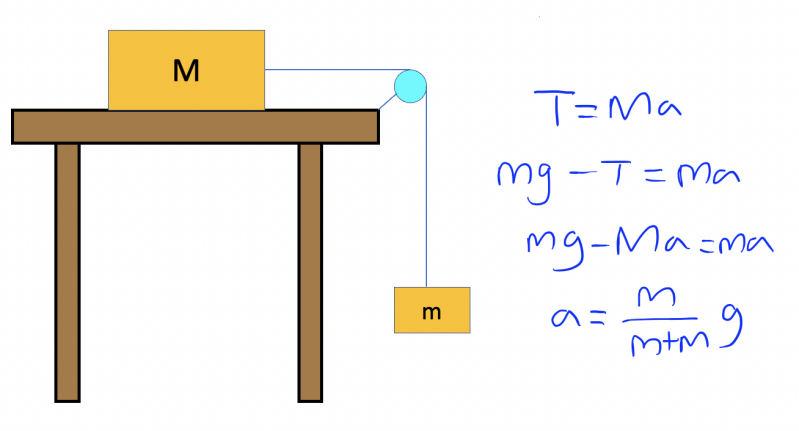Newton's Laws
Newton's First Law
- A body at rest or moving at a constant speed in a straight line will remain at rest or keep moving in a straight line at constant speed (constant velocity) unless it is acted upon by a force
- In a straight line at constant speed means constant velocity
- Translational equilibrium: the net force acting on the object must be zero when an object is traveling at a constant velocity or in stationary.

Note: An object's resultant force might not be zero moving at constant speed, but an object's resultant force is zero if it's moving at a constant velocity.
Newton's Second Law
- The Newton's second law states that a net force of an object can be calculated by the formula of F=ma, where F is the net force, m is mass of the object, and a is the acceleration.

- Credit: https://www.thegreatcoursesdaily.com/understanding-newtons-laws-of-motion/
Apparent Weight
- Apparent is a common misconception of Newton's Law and a classical physical problems known as the elevator problems. One important concept to understand is that a scale in an elevator with a person standing on it measured the normal force of the person, explaining changes in the scale's reading when an elevator accelerates or decelerates.

Some Classical Force Models

Newton's Third Law
- If an object A exerts a force on object B, then object B must exert a force of equal magnitude and opposite direction back on object A. (Action = Reaction)

https://www.wired.com/2013/10/a-closer-look-at-newtons-third-law/

Questions to Think About
-
How does rocket launching relate to Newton's third Law
-
How does rocket launching relate to Newton's first and second Laws
-
Sketch the velocity vs time graph for the rocket in the first two videos. (drag force cannot be ignored
Answers
- 1st Law - A rocket will remain on the launch pad until an unbalanced force is exerted, propelling the rocket upward.
- 2nd Law - The amount of force depends upon how much air is pumped inside the rocket. You can increase the force further by adding a small amount of water, which increases the mass expelled by the air pressure in the rocket .
- 3rd Law - Finally, the action force of the air (and water) as it rushes out of the nozzle creates an equal and opposite reaction force propelling the rocket upward.